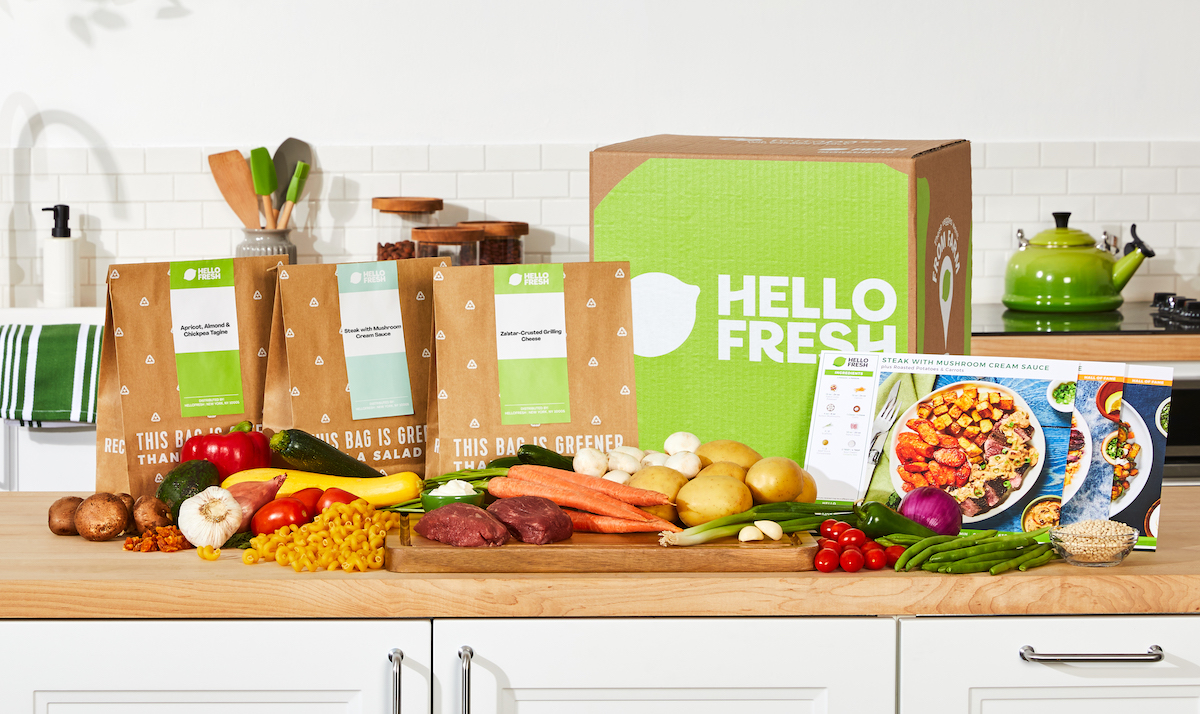This funding will more than double the number of meals offered by the company, and enhance its use of artificial intelligence (AI) to make deciding on recipes easier, Bloomberg News reported Monday (Aug. 4).
The goal is to bolster brand loyalty and attract customers as inflation drives up food prices, Assaf Ronen, HelloFresh group president, told Bloomberg.
Although “$70 million is a very large check,” he said, “the more we invest in customers, the more they stay with us.”
The report notes that the company’s in-house surveys have found that most of its customers are planning to eat at home more, while nearly 60% said they are bored with their nightly meals.
That’s why a large portion of the $70 million will be used to expand weekly meal offerings, from 45 to more than 100, with plans to increase portion sizes as well.
Meanwhile, research by PYMNTS Intelligence shows that as consumers switch from remote work to hybrid/office-based jobs, they’re finding out how much the evening commute impacts their dinner prep time.
Of the workers surveyed for the report “Back-to-Office Mandates Drive Demand for Fast Food, Weekend Shopping and Subscriptions,” 75% with food subscriptions from services like HelloFresh and Blue Apron signed up within the last six months. By contrast, just 51% of remote workers with food subscriptions had joined within the same period.
“The rise in food delivery subscriptions calls for subscription management platforms that can handle recurring payments, offer easy cancellation or modification options, and provide clear billing information to consumers,” PYMNTS wrote earlier this year.
As for the AI initiative, Ronen said the technology will help diners navigate the updated menu and prioritize their options. The more a user orders, the more the system will offer meal prompts based on their preferences.
“What’s at the top of your list will be more relevant for you,” he said.
The company’s use of AI is happening as the technology plays an increasing role in the dining industry, as covered here last month.
The smart restaurant robot industry is expected to surpass $10 billion by the end of the decade, fueled by deployment in applications like delivery, order-taking and table service, according to Archive Market Research.
Restaurants are also turning to AI to handle administrative needs, with additional PYMNTS Intelligence research finding that nearly three-quarters of eateries say AI is “very or extremely effective” in accomplishing business tasks.
